Data Accessibility
Data accessibility means making data easy to find, use, and understand by people, communities, and organizations, while also keeping it secure. Accessible data ensures that people and organizations can easily access and benefit from data for their needs. This includes addressing gaps and barriers in digital access, ensuring readability, and accounting for data literacy, disability-related access, language translation, and shared data ownership.
Data accessibility directly impacts health and well-being—from individual health behaviors to community self-advocacy and national health systems. On an individual level, accessible health data improves health literacy and empowers individuals to make informed health decisions. Accessible data for communities means greater capacity for self-advocacy and self-empowerment to center community needs, foster collaboration, and advance equitable, community-based solutions. On an organizational and systems level, data accessibility enables researchers to identify trends and solutions, supports organizations and care/service providers in quality improvement, aids policymakers in crafting evidence-based policies to improve public health outcomes, and equips community health practitioners to pinpoint health disparities, allocate resources, and design targeted interventions. Globally, data accessibility (or inaccessibility) can impact our understanding of pandemics, emerging diseases, environmental crises, economic shifts, and international health in/equity. Studies show that communities and nations with access to better public health data have lower burdens of disease, reduced healthcare costs, and increased life expectancy.
We tend to think of data accessibility as a relatively modern issue that is associated with the advent of digital technologies and computer-based information. The challenges of collecting, locating, using, storing, and understanding data, however, have impacted community health for as long as ‘data’ have existed. The advent of electronic health records, ‘big data,’ and ‘open data’ have only added to the complexities. In 2009, the Health Information Technology for Economic and Clinical Health (HITECH) Act shifted the landscape of data privacy, digitization, and sharing by increasing the use of electronic health records (EHRs). (Prior to the HITECH Act, only 10% of hospitals had adopted EHRs). Major goals of the HITECH Act and data accessibility in general include improving quality of care, engaging patients in their care, increasing care coordination, ensuring privacy and security, and improving population health outcomes. While these efforts have improved data sharing, those most impacted by digital inaccessibility continue to be people who are Disabled, have fewer socioeconomic resources, have lower literacy levels, are proficient in languages other than English, live in rural areas, are older, have lower digital literacy, and/or have limited access to internet and digital technologies. Because systemic racism causes a convergence of these factors, BIPOC communities are often most negatively impacted.
While significant strides have been made in digitizing health data and improving data sharing practices, inequities remain in access, usability, privacy, data ownership, and data infrastructure. The COVID-19 pandemic highlighted the importance of real-time, transparent, and accessible data, prompting renewed efforts to strengthen public health data systems. During the COVID-19 digital surge, shopping, vaccine signups, government assistance applications, legal forms, jobs, education, doctor’s visits, and even court proceedings moved online. This abrupt shift amplified another already emerging gap impacting data accessibility: digital redlining—the unequal/inequitable distribution of internet services and digital technologies across communities. The now common practice of digital redlining involves internet service providers investing less money in low-income and marginalized communities, and more money in higher-income (often predominantly white) communities. Digitally redlined communities experience slower, less reliable connections—or no internet access at all, creating further data accessibility challenges. Digital redlining inhibits peoples’ ability to leverage data for personal and family health, and often to be involved in community, policy, and systems-level change.
Data accessibility is critical for advancing public health and healthcare system effectiveness, efficiency, and equity. Accessible data facilitates better assessment, decision-making, resource allocation, care coordination, and cross-sector collaboration. It contributes to the responsiveness and resilience of our public health systems, improves crisis response, and advances equitable well-being. Changemakers and stewards looking to improve data accessibility at scale can advocate for shifting power to communities for shared data ownership, data sovereignty for Indigenous communities, investments that build a robust data ecosystem, digital and health literacy initiatives, and solutions that address digital redlining and accessibility, especially for BIPOC, Disabled people, people with limited socioeconomic resources, and multiply marginalized groups. At the local level, changemakers can leverage data accessibility best practices—including readability, web accessibility, descriptions for visuals, and multi-language support—to improve the use and understanding of data. Local changemakers can also work to build collaborative relationships between organizations conducting assessments and community members ultimately impacted by the data, as well as pursuing local solutions to gaps in internet access and digital literacy.
Resources & Tools
Using Data Walks To Spur Community Conversations Around the Realities of Food Insecurity
Resource - Blog
Brought to you by Urban Institute
Impact of Digital Surge During Covid-19 Pandemic: A Viewpoint on Research and Practice
Resource - Journal Article
Implementing Revised Federal Race/Ethnicity Data Standards Won’t Sufficiently Address Health Inequities
Resource - Blog
Brought to you by Health Affairs
In Common Newsletter: NEW Fundamentals of Public Health Learning Series
Resource
Brought to you by Community Commons
"Data Walk" Is a Key Tool in Results-Based Leadership
Resource - Blog
Brought to you by Annie E. Casey Foundation
Data Walk - Population Health Innovation Lab
Resource - Website/webpage
Brought to you by Population Health Innovation Lab
Tribal Data Sovereignty: A Summary of Structures, Systems, Principles, Laws, and Related Resources with an Emphasis on New Mexico
Resource - Journal Article
Brought to you by University of North Dakota
Balancing Access to Health Data and Privacy: A Review of the Issues and Approaches for the Future
Resource - Journal Article
Supporting a Community-Led Data Infrastructure To Build Local and Equitable Governance That Advances Policy
Resource
Brought to you by Brookings Institution
Local Estimates of Internet Adoption (Project LEIA)
Resource - Website/webpage
Brought to you by National Telecommunications and Information Administration
Related Topics

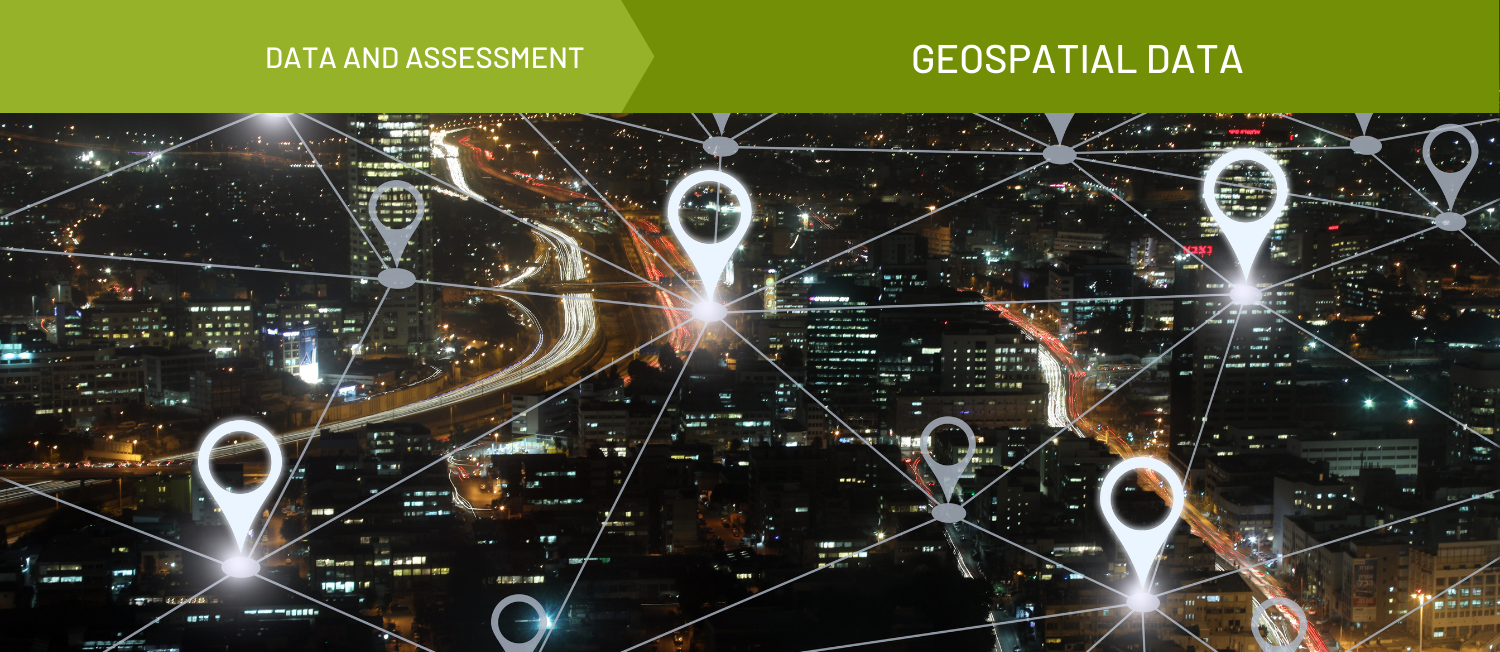
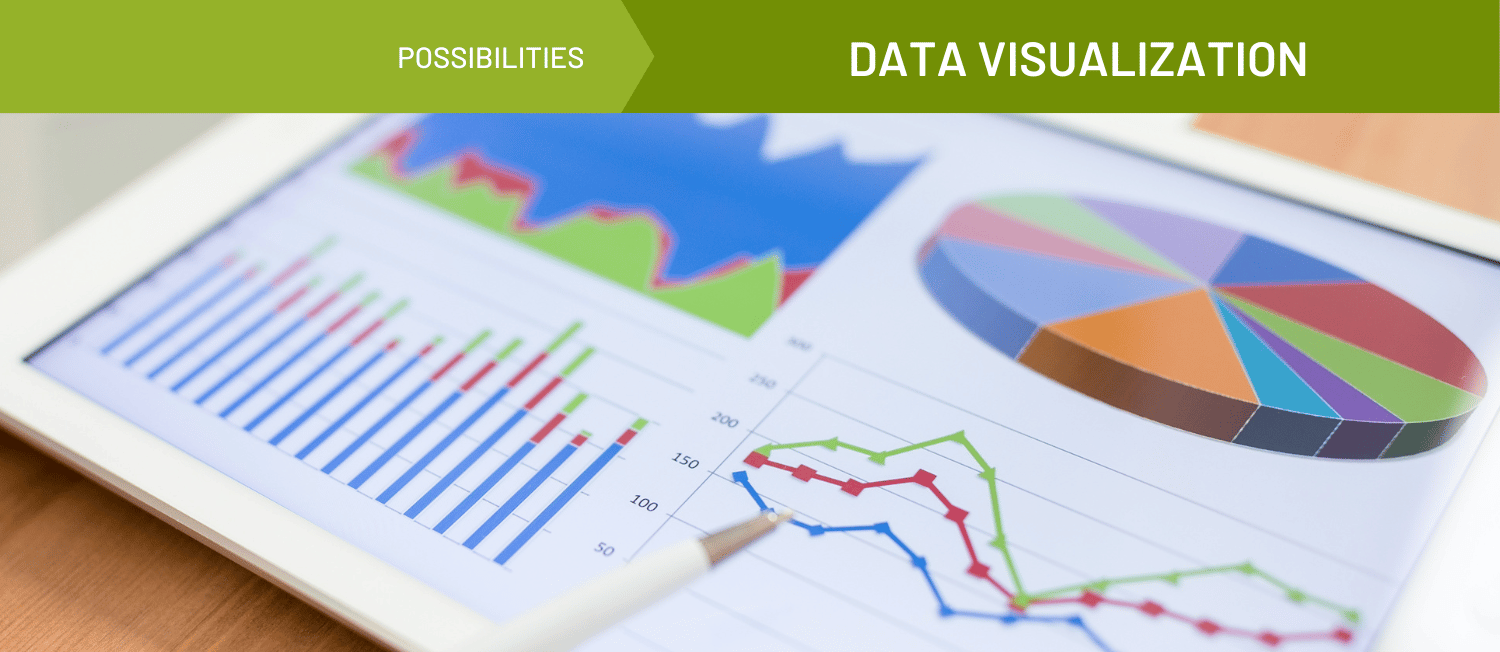
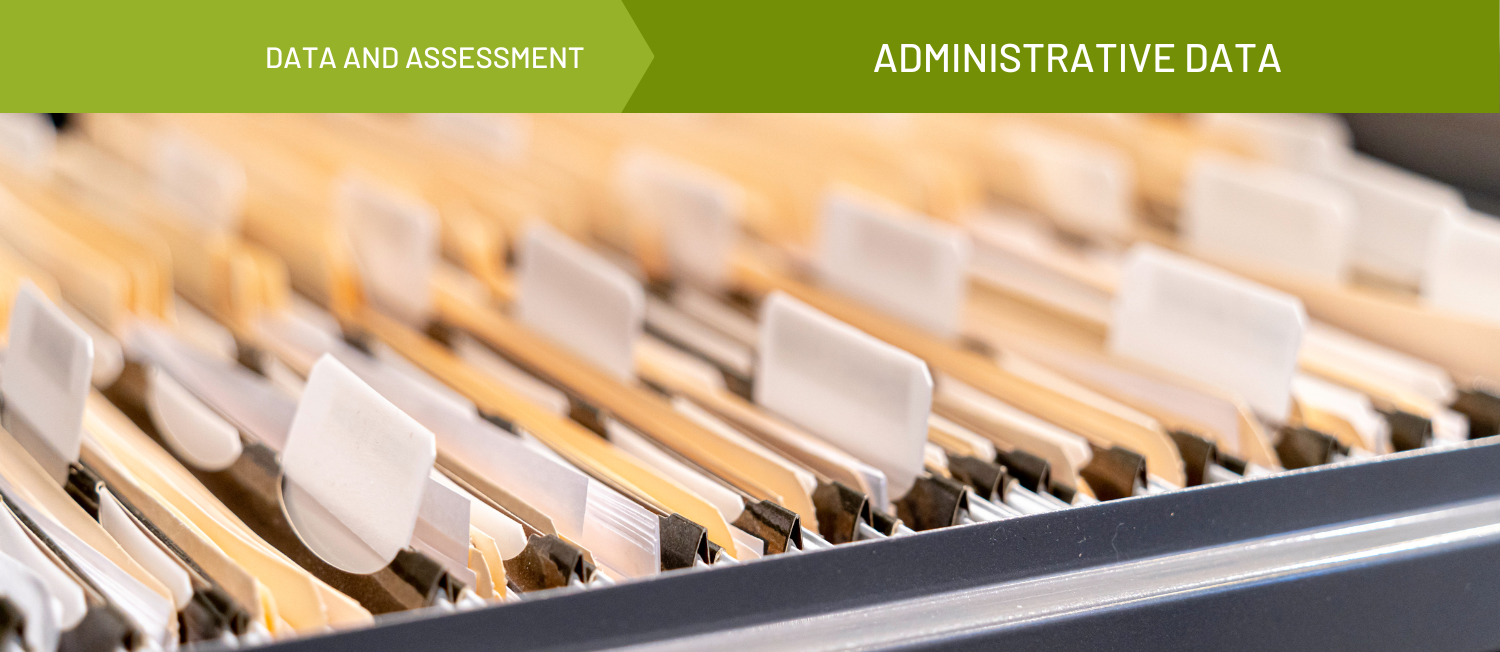
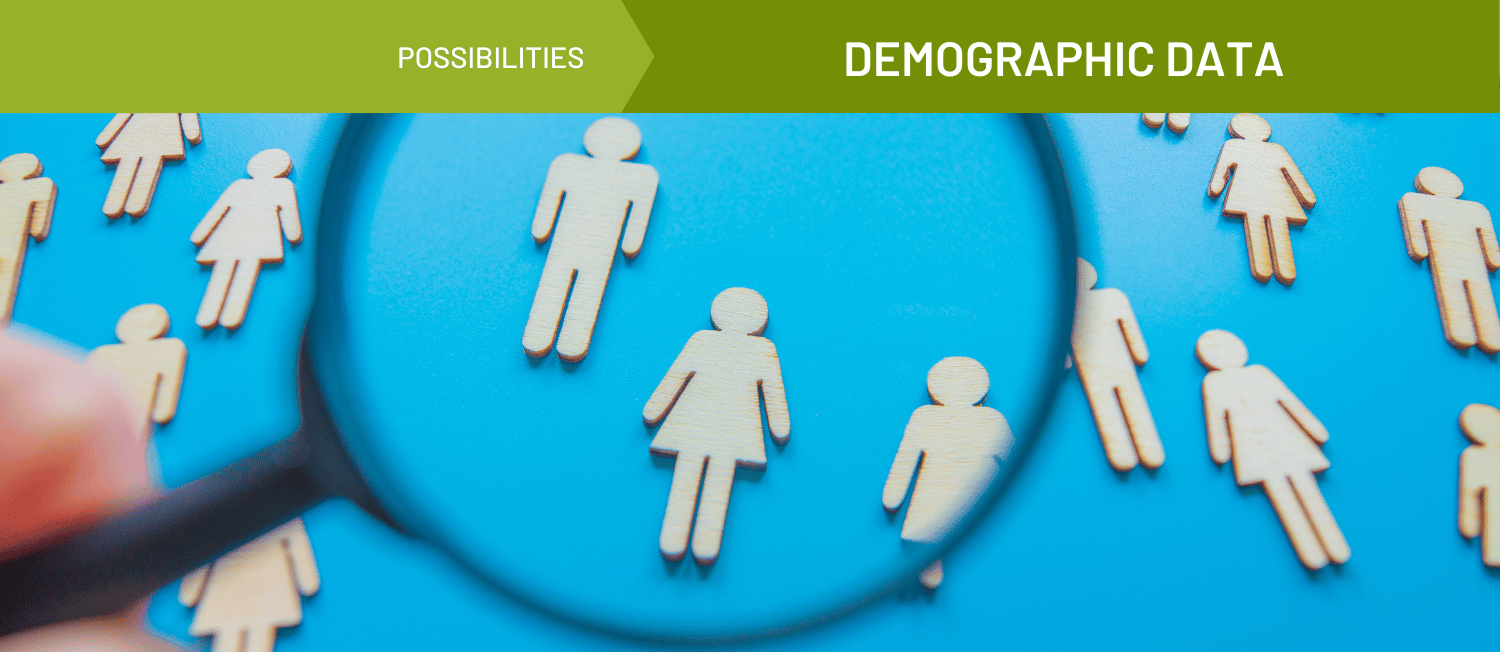
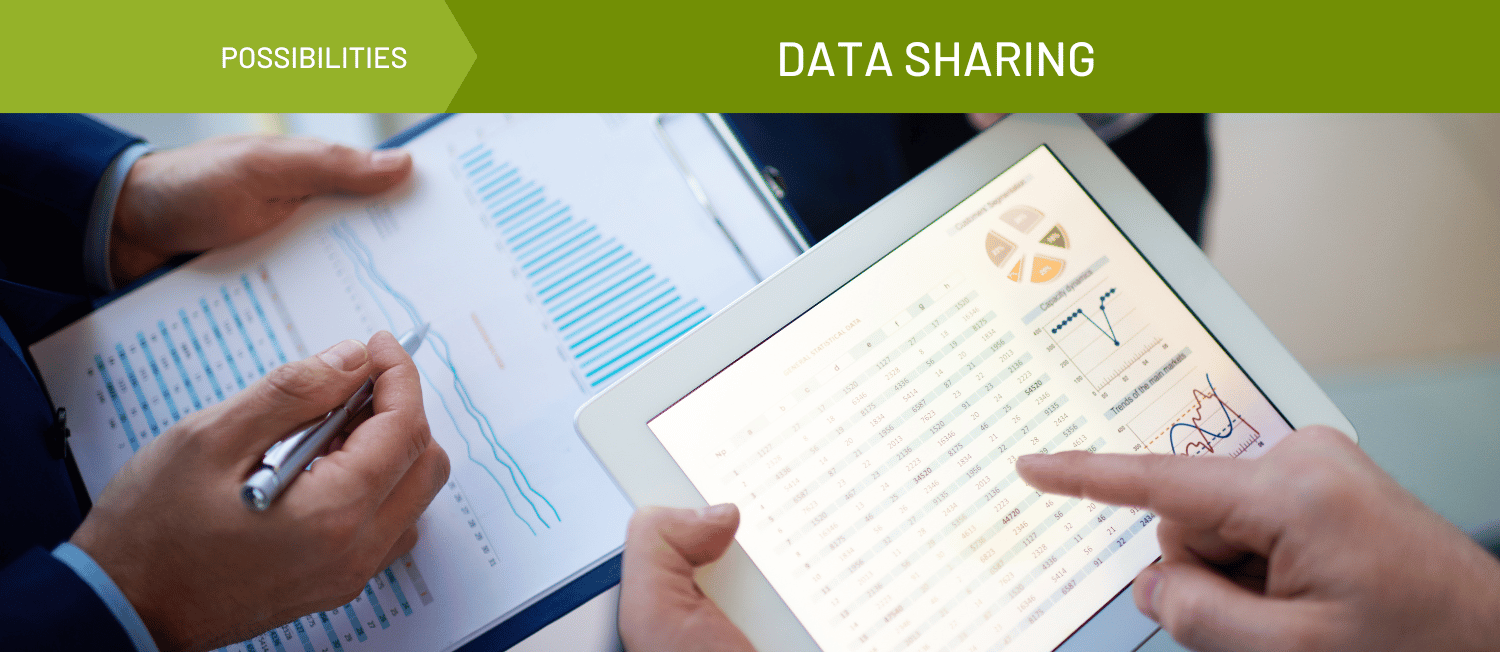






























 Original
Original

